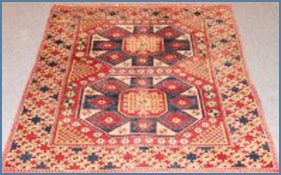
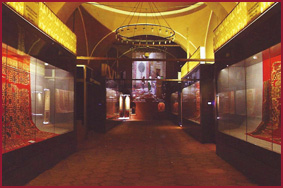
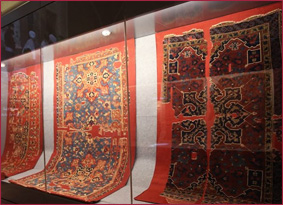
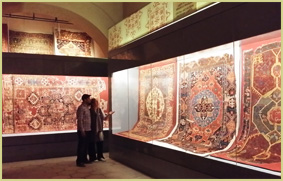
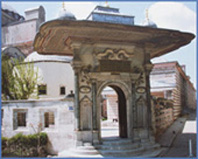
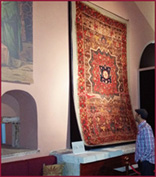
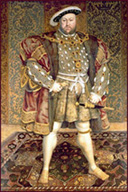
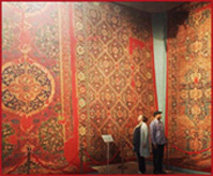
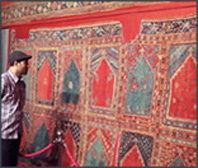
The Hali Muzesi – formerly the Vakiflar Hali Museum – recently underwent a major refurbishment and moved from the Sultan’s Pavillion to its new and present site in the Ayasofya Külliyesi (the Hagia Sophia Almshouses complex), explained Mdme Balpinar – the Museum’s former Director and Curator.
The great church of Hagia Sophia that dominates the surrounding area of this historic landscape was originally constructed in the 6th century (circa. 532-537) under the direction of the Byzantine Emperor Justinian I.
Hali Muzesi sits within the Imaret (the Soup Kitchen quarters of the Hagia Sophia Almshouses complex), originally built in 1743 during the reign of Sultan Mahmud I, to help feed the poor and needy in the district.
Situated opposite the historic Top Kapi Palace, you enter through an ornate baroque gateway leading to the Hali Muzesi, which houses and displays a collection of rare and antique rugs and carpets including: Anatolian, Ghiordes, Ladik and Ushaks and rug weavings known as ‘Holbeins’ – all dating from the 14th to the 19th century.
The weavings have been carefully and artfully displayed in a humidity-controlled environment in an effort to retain their natural vibrancy of colour and design and to help conserve their fragile condition in the most complete and original form
Many of the pieces on display were originally discovered in Divriği, in the remote Siva region of Eastern Anatolia – now a site of rare and historic interest.
The first gallery houses the oldest pieces ideally displayed in what was originally the me’kel (dining room) of the Imaret, whose lengthy and dark interior perfectly suits the environment needed to conserve and maintain these ancient and awe-inspiring woven carpet fragments.
Striking Ushak carpets woven in the 16th and 17th centuries detailing star medallions, Chinese clouds and bird motifs are featured alongside Anatolian rugs originating from the 14th and 15th centuries, woven in the richest of red madder with geometric motifs and stylised floral and fauna designs. All are ranged in glass displays to preserve their fragile condition.
The early Anatolian pieces are known as ‘Holbeins’ in honour of the Dutch artist Hans Holbein the Younger, who depicted their distinctive rug motifs, featuring rows of knotted octagons (guls) and borders of interlacing, stylized Arabic script (kufesque) in his paintings.
Holbein frequently portrayed Oriental rugs as decorative furnishings in his portraits – synonymous with royalty or high social standing, good taste, merchant travel and wealth. Displayed on tables for most sitters, but strewn on the floor and underfoot for Henry VIII’s portrait, walking on finely-woven rugs was seen as something only royalty or those of high bearing were allowed to undertake.
The second gallery is housed in the former Aşhane (kitchen quarters) that retains some of its original features such as the raised baking areas, the tandır (pit oven) and a trough for washing utensils.
Here, Central and Eastern Anatolian rugs, displaying star-shaped medallions and ‘keyhole’ (mihrab) archways – symbolising a gateway to paradise, sit alongside a 19th century Hereke rug and further rugs woven in Gordes, Konya and Milas.
The third and final gallery houses the magnificent floor-to-ceiling length Uşak carpets woven in the 16th century to grace the floors of palaces and now displayed in what was once the fodlahane (bakery). Here, striking examples of carpet weaving are exhibited alongside the original bread ovens.
The most recently woven carpet and the only one that can be precisely dated, is also on show in this gallery. Designed as a multiple-niche prayer carpet, the inscription has been woven in Arabic numerals to read as 1826.
Rug Weaving is one of the world’s most ancient crafts, where decorative artistic expression, durable usability and protection from the elements, go hand in hand. Throughout the ages, Oriental hand-woven rugs have been revered as timeless works of art and cherished for their unique and individual beauty.
The Museum has endeavoured to collect a breathtaking array of fine and rare hand-woven pieces, which serve to remind us of the versatility and enduring capability of the woven form. Here, the rugs and carpets' mere survival of more than five centuries, no matter how fragmentary their condition, is a remarkable feat and a fascinating visual record of hand-knotted weavings through the ages.
Explore our individually-sourced 'Anatolian' and 'Ushak' pile-rug and flatweave selections, as well as our exquisite and rare 'Holbein rug' (see image bottom left) – by visiting The Oriental Rug Gallery Ltd in Wey Hill, Haslemere or view the weavings on our website, where all are available for immediate purchase in store or online.
Use the 'Search our Website' filter or scroll further down to use the 'Quick Search by Category' filter, featured down the left-hand side of each web page, to locate and view each piece. Alternatively, you can view all our Rug & Carpets using the red menu bar at the top of each webpage.


